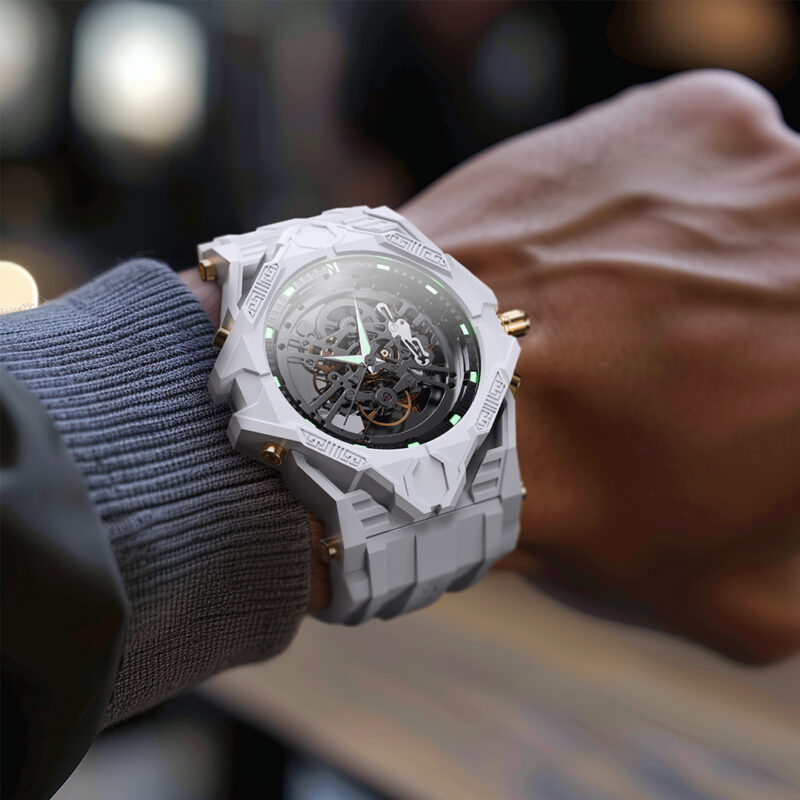In today’s world, if there’s anything that perfectly blends art and technology, it’s the beautiful shadows that adorn the wrist that are the first line of that fusion mvp. As a cutting-edge product of modern material science, ceramic watches, with the support of modern technology, have achieved a high degree of durability while claiming the status of a fashionable, cutting-edge novelty.
The brightly colored cases of the ceramic watches we see on the market today are the result of the latest material science technology. First of all, it is important to correct the fact that the name “ceramic watch” does not mean that the case is made of kaolin clay, as in the case of traditional Chinese porcelain. Ceramic watches are made of zirconium oxide, a chemical compound commonly used in modern state-of-the-art electronics. The production process involves injecting extremely fine zirconia powder into a mold under high pressure, and then melting and condensing it into non-wearable ceramic parts in a super-high-temperature sintering furnace at more than 1,000 degrees Celsius, while the color of the ceramic case is also sintered together with pigments added to the powder prior to sintering.
The advantage of this production process, lies in the ability to make the watch case to obtain higher hardness and chemical stability, its Mohs hardness reached an amazing 8.5, beyond the iron, steel, titanium and other metal materials, as long as there is no serious bump, ceramic watch hardness brought about by the ability to resist abrasion, and it’s own chemical stability, enough to make ceramic watches even through several generations of time, still be able to maintain its shiny luster and color. Another unexpected benefit of ceramic material is its low unit weight and high plasticity, which also brings a great deal of design space for watch design. Imagine a large, deconstructed and complex watch on the hand, and after getting a visually stunning street effect, the light weight that does not match the size of the visual, completely eliminating the need to consider the complex issue of the trade-off between comfort and fashion, as in the case of traditional metal watches.
Last but not least is the old cliché of maintenance. Proper maintenance is just as important for extending the life and appearance of a ceramic watch, but it is still much less difficult to maintain than a metal watch. While maintaining the cleanliness of the case, the main concern is the protection of non-ceramic parts such as the internal movement and sealing rubber. In this regard, care should be taken to avoid storing ceramic watches for long periods of time in hot and humid environments. Before cleaning, push the handles in, lock them in place, dry the case quickly and, if possible, dry the movement with a hairdryer to avoid moisture.



